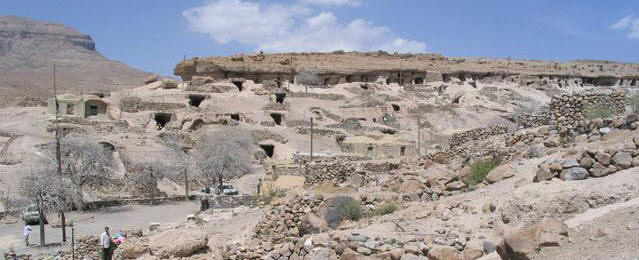Following the inscription of the ancient Meymand village and historical city of Susa on the World Heritage List, measures will be taken to ensure Iran’s 18th and 19th UNESCO-listed sites are well preserved.
Speaking to Mehr News Agency, director of the World Heritage Affairs Office at Iran’s Cultural Heritage, Handicrafts and Tourism Organization, Farhad Azizi, said a steering committee will be formed to direct operations pertaining to the two sites.
“Prior to their inscription, restorative efforts were being made. But now, we are going to expand our operations,” he said.
He said the committee will comprise experts in their fields, but a financial institution will head the board of directors. He did not disclose the name of the institution.
Azizi said a short-term project has been proposed to UNESCO that, once approved, will be implemented by the steering committee.
He said Susa and Meymand will now receive international attention which will boost tourism, and added, “We need to start planning and develop tourism infrastructure in the sites.”
On the subject of financial support from UNESCO, the official noted the only time Iran asked for financial help was when Arg-e Bam, Kerman Province was leveled following a 6.6 magnitude earthquake in 2003. In its prime, Arg-e Bam was the world’s largest adobe building.
“There are countries, such a Pakistan, which have a more urgent need for UNESCO’s financial aid. It would be wrong for Iran to ask for aid when we do not need it,” Azizi said.
Susa in Khuzestan Province and Meymand village in Kerman Province were inscribed on the World Heritage List on June 4, during the 39th session of the World Heritage Committee meeting held between June 28 and July 8 in Bonn.
The committee added 27 new inscriptions to its collection, which now includes over 1,000 cultural, historical, and natural sites around the world.
The new additions include well-known tourist attractions like The Singapore Botanic Gardens, as well as lesser-known historic gems like the Baptismal Site in Jordan.
Iran is making preparations to inscribe 11 historical qanats, three of which are in Kerman Province, in the committee’s 40th session next year.
Earlier this week, ICHHTO chief, Masoud Soltanifar, said Iran aims to increase the number of chain inscriptions. In chain inscription, instead of one site or place, a series of sites are nominated for UNESCO-listed status.


